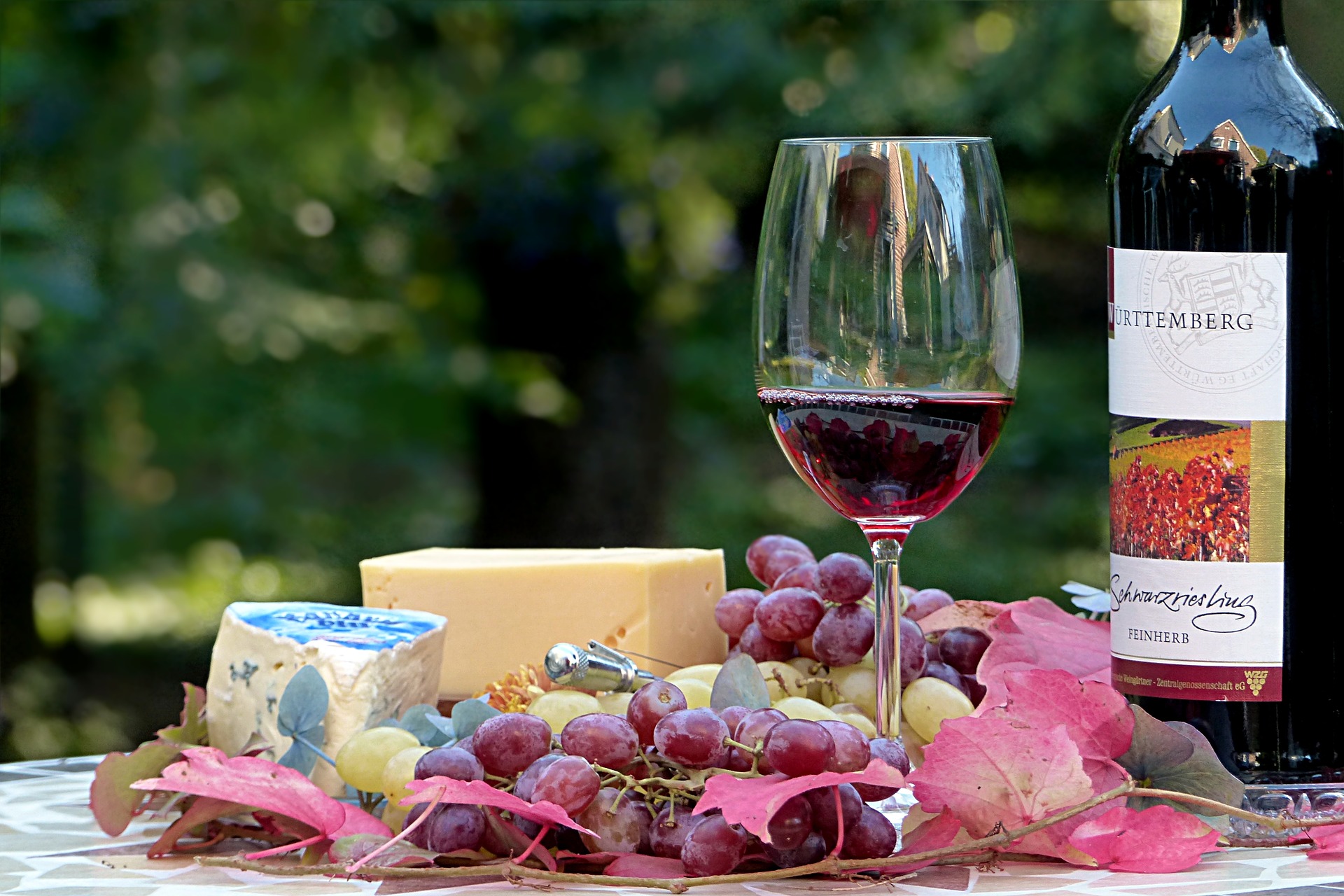
Whether you’re hosting a casual backyard tasting with friends or dreaming of a more refined experience, learning how to conduct a wine tasting is a fun and rewarding way to deepen your appreciation for wine.
In this guide, we’ll walk you through the basics step-by-step — from how to observe and taste, to what to look for in every sip.
Why Host a Wine Tasting?
Wine tastings aren’t just for sommeliers or swanky restaurants. Hosting your own tasting is a great way to:
-
Discover new varietals without committing to a full bottle
-
Sharpen your palate and wine vocabulary
-
Create memorable moments with friends
-
Pair wine with food in new and exciting ways
Whether you’re in flip-flops or formalwear, wine tasting should feel fun—not intimidating.
Step 1: Look at the Wine
Start by pouring about 2 oz. of wine into a clean, clear wine glass (ideally one suited to the type of wine). Hold it against a white background like a napkin or tablecloth and examine:
-
Color & Hue: Is it pale lemon, deep ruby, golden amber?
-
Clarity: Is it clear, hazy, or sparkling?
-
Legs (Tears): Swirl the wine gently. The streaks that form on the inside of the glass may indicate alcohol content or body.
🥂 Pro Tip: Curious about which wine glasses to use for tastings? Check out this guide from Wine Folly for help choosing the right shape.
Step 2: Smell the Wine
Swirl the wine for 10–12 seconds to help it “open up,” releasing its aromas. Then:
-
Take a gentle sniff. Note your first impression.
-
Go in again—this time deeper. Try to identify common scent categories like:
-
Fruits (apple, cherry, citrus)
-
Floral notes (honeysuckle, violet)
-
Herbs or spice (pepper, mint, clove)
-
Earthy tones (leather, mushroom, minerality)
-
Oak (vanilla, smoke, toast)
-
Your nose will get sharper over time, so trust the process!
Step 3: Taste the Wine
Finally, take a sip and let it roll across your tongue.
-
Start with a small sip. Let the wine coat your mouth.
-
Slurp in a little air while sipping to help release aromas.
-
Pay attention to texture, flavor, and balance.
Here’s what to look for:
🍇 The Three Phases of Wine Tasting
-
Attack – The first impression: body, acidity, sweetness, alcohol.
-
Evolution – The unfolding flavors: fruit, spice, floral, earthy, etc.
-
Finish – The aftertaste: is it long, short, bitter, smooth?
Take notes if you’re comparing multiple wines, and don’t be afraid to spit if you’re tasting several in a row.
Extra Tips for a Great Wine Tasting
-
Hold glasses by the stem to avoid warming the wine.
-
Decant the wine if it’s young or needs to breathe.
-
Serve at proper temperatures: 45–55°F for whites, 55–65°F for reds.
-
Offer simple snacks like crackers, cheese, and grapes to cleanse the palate.
Want to brush up on wine temperature and storage? Visit our post on White Wine Basics for Beginners.
Hosting Your First Wine Tasting?
Start with 3–5 bottles across different varietals (red and white). Offer scorecards or tasting sheets so guests can rate and describe each wine. Make it light-hearted—this is about exploration, not perfection.
And most importantly… enjoy the process! You’re not training for the sommelier exam—just expanding your wine horizons, one sip at a time.
Review our post Secrets to Wine Tasting.
🍷 Track Your Tastings Like a Sommelier
Take the guesswork out of wine tasting with our beautifully designed one-page tasting sheet. It’s the perfect companion for beginners and casual wine lovers alike.
📄 Grab the printable PDF here and bring it to your next tasting adventure.
Final Sip
Learning how to conduct a wine tasting opens the door to more confident wine selections and a deeper appreciation of every bottle. So grab a few glasses, pop a cork, and let your taste buds take the lead.
